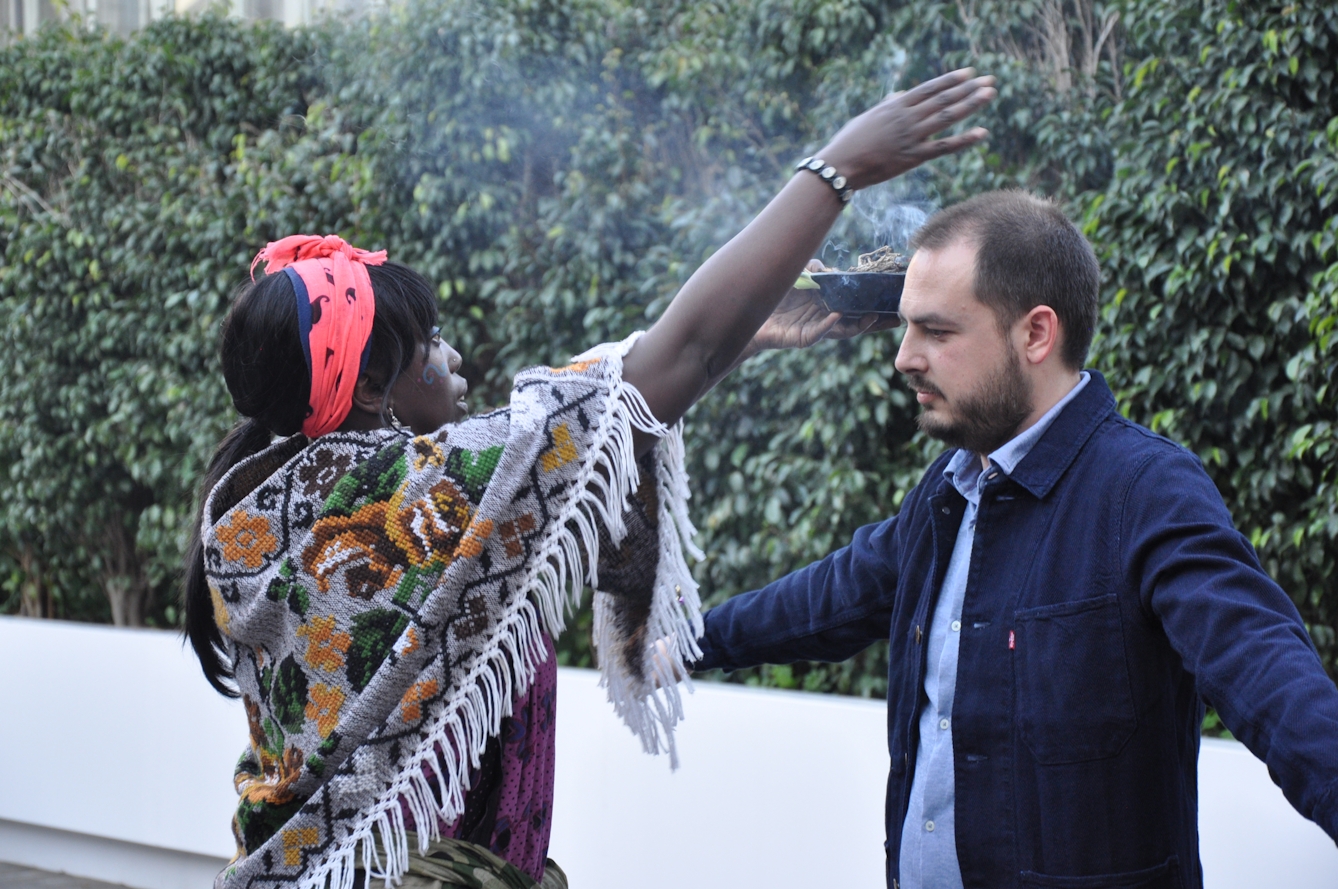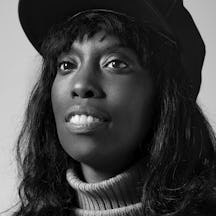If you visit the Ancient Egyptian galleries at the British Museum in London on any given day, you may not realise that the objects on display are unhappy. They no longer feel special, but objectified – in the true sense of the word– because of the cultural and energetic violation that has been enacted upon them through being exposed to endless photographs of tourists and other Museum visitors. These objects were never meant to be seen by a single ray of sunlight or looked at by millions of keen Museum-goers. Hence, they feel like they are being robbed of their agency, with no rights of their own. As such, they want to be free.
How do I know about this? I have listened to objects by accessing different states of the mind and consciousness in 35 years of artistic and spiritual practice.
Over the last decades, I have been fascinated by and engaged with the idea that objects are alive and, therefore, should be able to have a life of their own. For it isn’t just the objects at the British Museum that are depressed and angry; the Kaiget Totem Poles (c. 1850–1867) at Musée du quai Branly in Paris are equally fed up. They want to stand tall outside, feeling the sun on their surfaces, allowing rain to penetrate them and to fulfil the purpose for which they were created; they want their lives and their souls back.
And how am I aware of this?
By asking the objects themselves.
Ontology is the philosophical study of existence. Object-oriented ontology (OOO) puts objects at the centre of observation. Its proponents contend that nothing has a special status and everything exists equally: plumbers, DVD players, cotton, bonobos, sandstone, as well as Harry Potter, for example. In particular, OOO rejects the claim that human experience rests at the centre of philosophy, and that objects can be understood by how they appear to us. Rather than relying on science alone, OOO uses speculation to characterise how objects exist and interact.
Instead of taking this approach, Museums place the material value of their art collections above the ‘psychological’ welfare of the objects within them through exhibiting them continuously. Sometimes collections are installed without movement and without the objects leaving the claustrophobic walls of the Museum for up to ten years. Museums ignore the ‘mental’ health (e.g. to relate with the natural elements of rain, wind and sunlight) of their objects by radically altering their spiritual evolution and therefore our collective destinies. This, in turn, begins to affect our relationship to them and to ourselves, since we, as audiences, no longer have enough space to think or breathe inside institutional spaces. The Museum as “shopping mall” destroys the sacredness of these important cultural spaces.
Through the inflation of shopping stores within their architectural walls, Museums have primarily become sites for the consumption of culture and entertainment. The decline of public spaces – e.g., Museums, parks, libraries and churches – as spaces for quiet contemplation additionally destroys our ability to relate to objects, spaces and each other. We now find ourselves at a dangerous tipping point of no longer being able to fully concentrate and appreciate the exhibited artworks themselves. Living life, creating art or exhibitions by always making rational decisions (e.g. ticking funders’ boxes) is not really living or curating, either.
Museums are one of the last few publicly shared spaces that have the ability to encourage new “ways of seeing” and thinking about consciousnesses. They allow us to escape modern urban life and the daily deluge of advertising, news feeds and social media by acting as an outlet for non-rational being. We cannot fully develop as human beings if we just rely on what shiny black screens and art markets tell us. Cut off from nature and our own spontaneous creative thoughts, we start to experience a life of disease and our souls begin to ache.
Synchronicity and beauty can only happen in art spaces when we release control and give ourselves over to a higher power (history). Therefore, this higher power must be aligned with a deeper intelligence and provide a safe space (Museums) for us to switch off our left brain (logical thinking) and access the highly undervalued right brain (creative thinking).
In contrast to what these spaces have become, most of the artworks inside Museums were created within spaces of contemplation (for instance, in artists’ studios in Ancient Rome, medieval Europe or even today). Thus, having an experience through nature or art that isn’t mediated by social media, the news, documentation or educational wall texts releases viewers from the capitalist, materialist treadmill, momentarily bringing them back to their real creative self. This is what Buddhists call “attention versus distraction”:

